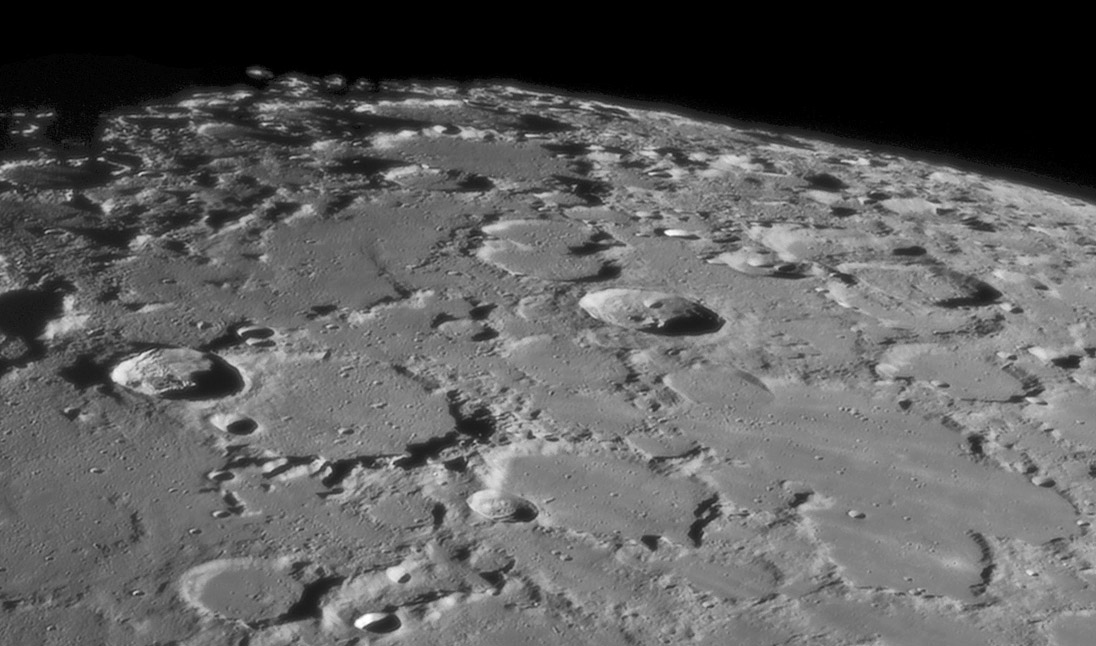Difference between revisions of "May 17, 2010"
| Line 3: | Line 3: | ||
<!-- ws:start:WikiTextHeadingRule:1:<h1> --> | <!-- ws:start:WikiTextHeadingRule:1:<h1> --> | ||
<!-- ws:start:WikiTextLocalImageRule:16:<img src="/file/view/LPOD-May17-10.jpg/142387327/LPOD-May17-10.jpg" alt="" title="" /> -->[[File:LPOD-May17-10.jpg|LPOD-May17-10.jpg]]<!-- ws:end:WikiTextLocalImageRule:16 --><br /> | <!-- ws:start:WikiTextLocalImageRule:16:<img src="/file/view/LPOD-May17-10.jpg/142387327/LPOD-May17-10.jpg" alt="" title="" /> -->[[File:LPOD-May17-10.jpg|LPOD-May17-10.jpg]]<!-- ws:end:WikiTextLocalImageRule:16 --><br /> | ||
| − | <em>image by [mailto:slamm@blueyonder.co.uk | + | <em>image by [mailto:slamm@blueyonder.co.uk Stefan Lamme]</em><br /> |
<br /> | <br /> | ||
The title comes from a message Bill Durst sent me. He observed, correctly, that LPOD has <em>not been showing, what I call, pictures of the surface of the Moon.</em> So finally, here is another wonderful telescopic image, this time of the north polar region. The visible geology is straightforward. To a first approximation there are old craters filled in with smooth-flowing ejecta from the formation of the Imbrium Basin, and sprinkled with subsequent younger craters. This kind of image has been rare recently for a couple of reasons. First, I can only publish what I am sent, and for the last few months few good telescopic images have been submitted. I hope that amateurs aren't backing off imaging on account of LRO, because different levels of knowledge and understanding come from telescopic and orbital images. Second, I consider the text as important as the image, but I can't always find something new to say about another photo of Copernicus or Clavius. I like the LRO and Kaguya data because there are genuinely new things to see and say. But I think fundamentally LPOD should mostly be about things we can go out to our telescopes and see ourselves. So send me great images of fascinating objects that we haven't seen too often and I'll try to find words to do them justice.<br /> | The title comes from a message Bill Durst sent me. He observed, correctly, that LPOD has <em>not been showing, what I call, pictures of the surface of the Moon.</em> So finally, here is another wonderful telescopic image, this time of the north polar region. The visible geology is straightforward. To a first approximation there are old craters filled in with smooth-flowing ejecta from the formation of the Imbrium Basin, and sprinkled with subsequent younger craters. This kind of image has been rare recently for a couple of reasons. First, I can only publish what I am sent, and for the last few months few good telescopic images have been submitted. I hope that amateurs aren't backing off imaging on account of LRO, because different levels of knowledge and understanding come from telescopic and orbital images. Second, I consider the text as important as the image, but I can't always find something new to say about another photo of Copernicus or Clavius. I like the LRO and Kaguya data because there are genuinely new things to see and say. But I think fundamentally LPOD should mostly be about things we can go out to our telescopes and see ourselves. So send me great images of fascinating objects that we haven't seen too often and I'll try to find words to do them justice.<br /> | ||
<br /> | <br /> | ||
| − | <em>[mailto:tychocrater@yahoo.com | + | <em>[mailto:tychocrater@yahoo.com Chuck Wood]</em><br /> |
<br /> | <br /> | ||
<strong>Technical Details</strong><br /> | <strong>Technical Details</strong><br /> | ||
| Line 14: | Line 14: | ||
<strong>Related Links</strong><br /> | <strong>Related Links</strong><br /> | ||
Rükl plate [http://the-moon.wikispaces.com/R%C3%BCkl+4 4]<br /> | Rükl plate [http://the-moon.wikispaces.com/R%C3%BCkl+4 4]<br /> | ||
| − | Stafan's full [http://www.pbase.com/slammel/image/124098965/original | + | Stafan's full [http://www.pbase.com/slammel/image/124098965/original mosaic]<br /> |
<br /> | <br /> | ||
<hr /> | <hr /> | ||
| − | <div>You can support LPOD when you buy any book from Amazon thru [http://www.lpod.org/?page_id=591 | + | <div>You can support LPOD when you buy any book from Amazon thru [http://www.lpod.org/?page_id=591 LPOD!]<br /> |
</div> | </div> | ||
---- | ---- | ||
===COMMENTS?=== | ===COMMENTS?=== | ||
| − | + | Register, and click on the <b>Discussion</b> tab at the top of the page. | |
Revision as of 17:20, 11 January 2015
Show Me the Moon

image by Stefan Lamme
The title comes from a message Bill Durst sent me. He observed, correctly, that LPOD has not been showing, what I call, pictures of the surface of the Moon. So finally, here is another wonderful telescopic image, this time of the north polar region. The visible geology is straightforward. To a first approximation there are old craters filled in with smooth-flowing ejecta from the formation of the Imbrium Basin, and sprinkled with subsequent younger craters. This kind of image has been rare recently for a couple of reasons. First, I can only publish what I am sent, and for the last few months few good telescopic images have been submitted. I hope that amateurs aren't backing off imaging on account of LRO, because different levels of knowledge and understanding come from telescopic and orbital images. Second, I consider the text as important as the image, but I can't always find something new to say about another photo of Copernicus or Clavius. I like the LRO and Kaguya data because there are genuinely new things to see and say. But I think fundamentally LPOD should mostly be about things we can go out to our telescopes and see ourselves. So send me great images of fascinating objects that we haven't seen too often and I'll try to find words to do them justice.
Chuck Wood
Technical Details
April 23,2010, 20:10 UT. 10in f4.8 Newtonian, Infinity 2-1M, 5x Powermate, Baader blue filter, 150/1500-1900 frames, Avistack, Registax v.5, PSE5, Focus Magic, 3 image mosaic
Related Links
Rükl plate 4
Stafan's full mosaic
COMMENTS?
Register, and click on the Discussion tab at the top of the page.



